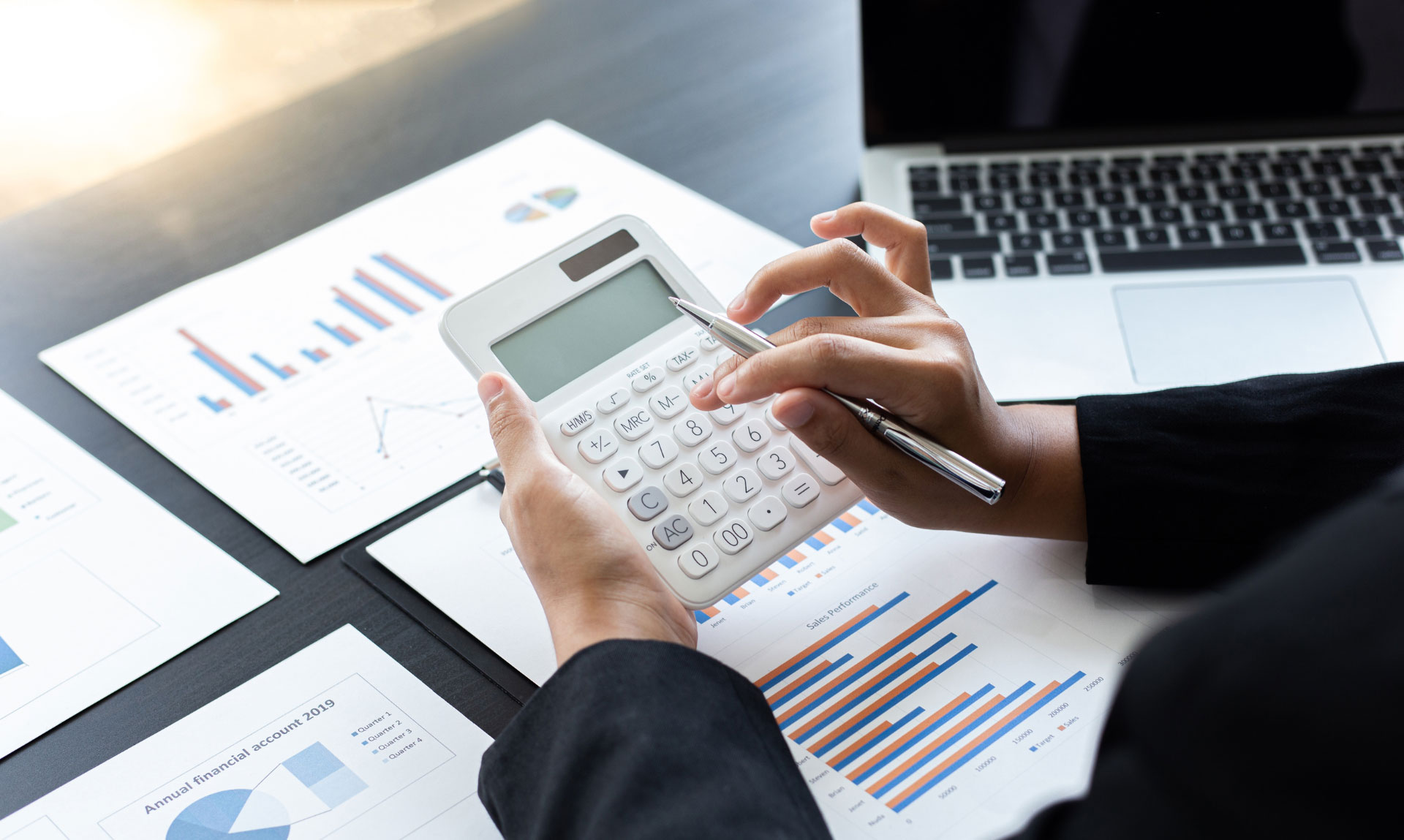
VAT rates
Value added tax or VAT is a tax that is added to the price of nearly all goods and services. Businesses add VAT to their prices and report this to the tax authorities. As VAT is targeted at consumers, businesses can deduct VAT from their expenses to a certain extent.
VAT is a flat tax that is equal for all consumers. The VAT rate that determines the amount of the tax varies between different goods and services. Here we will explain in more detail the different rates of VAT and how they are used in practice.
What are VAT rates?
With some exceptions, the prices of different goods and services always include the value added tax. VAT rates determine the amount of tax and may vary between different products.
Most goods and services sold in Finland include a value added tax of 25,5 % according to the general tax rate. In addition to this general VAT rate, there are also reduced tax rates that are applied to certain goods and services. When selling services or products to their clients, light entrepreneurs need to be familiar with the VAT rates of their own line of business and use the appropriate VAT rate for invoicing.
Read more below as we briefly introduce different rates of VAT and which products they are applied to.
General VAT rate
The general VAT rate is applied to most goods and services sold in Finland. This general tax rate is 25,5 % and is applied mainly to all goods and services that are not applicable for some of the reduced VAT rates listed below. There are also some products that are exempt from VAT altogether. When billing for their work, most light entrepreneurs will use this general tax rate of 25,5 %.
Reduced tax rates
As their name applies, reduced tax rates are lower than the general tax rate. They are applied as an exception to some goods and services.
In Finland, there are three reduced rates of VAT in addition to the general tax rate. The 14%, 10% and 0% VAT rates are applied to specific goods and services.
Business operations under one of these reduced tax rates are also subject to paying VAT and businesses can deduct VAT from their purchases. The invoiced value added tax is not deductible for a light entrepreneur.
14% VAT rate
The 14% VAT rate is applied to groceries, restaurant and catering services as well as the sale of feed. This reduced VAT rate does not apply to alcoholic beverages and tobacco products, whether sold in restaurants or sold directly to consumers. The aforementioned products are subject to the general VAT rate.
Starting January 1, 2025, a 14 % VAT rate will apply to pharmaceutical products, physical exercise services, ticket sales of film screenings, cultural and entertainment events, passenger transport as well as the sale of books.
10% VAT rate
The 10 % VAT rate is applied to the sales of magazines and newspapers. This reduced VAT rate is also applied to the royalties of television and public radio activities.
Zero rate
The purchase of goods and services subject to the zero tax rate is still deductible for businesses.
The zero VAT rate is applied to tax-exempt vessels, the sale of bulletins to non-profit organisations, exports outside of the EU as well as the sale of some international goods and services.
Additionally, the zero tax rate applies to some other special cases. You can read about these in more detail on the Tax Administration’s website.
VAT-exempt business operations
There are some areas of business that are tax-exempt when it comes to VAT. Such activities exempt from VAT do not require VAT registration.
The most common activities exempt from VAT include health and medical services, social services, copyrights, general education and vocational training services, the sale and rental of real estate as well as postal services.
You can find a more detailed list of tax-exempt goods and services on the Tax Administration’s website. These entirely tax-exempt activities differ from those subject to the zero tax rate because they are not VAT-deductible.






